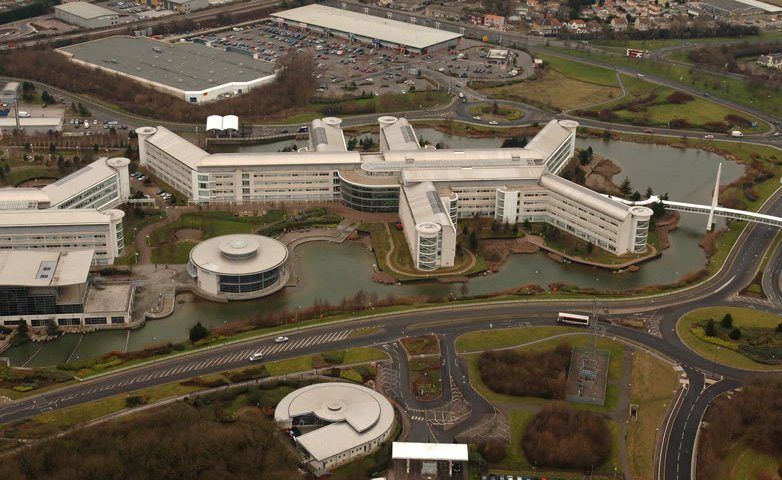Scientists from the Defence Science and Technology Laboratory (Dstl), together with industry and academia, have put on show equipment which could one day be deployed to front line troops.
The exhibition took place last week at Defence Equipment and Support’s (DE&S’s) headquarters at Abbey Wood in Bristol and was made up of equipment which aims to reduce the burden on the dismounted soldier without reducing effectiveness.
Colonel Peter Rafferty, Team Leader for the Individual Capability Group at DE&S, said:
“Reducing the burden on the dismounted solider is a priority. We work closely with our partners within Dstl, as well as in academia and industry, to identify and develop technologies which we think will meet this need, effectively turning today’s technology into tomorrow’s fielded equipment.”
Dstl project lead, Ross Jones, said:
“We’re having to look at novel ways to reduce weight; this includes researching materials not commonly used in defence, and advising industry and academia how the weight of equipment can be reduced.
“Dstl’s scientists have done a lot of analysis focusing on the mix of equipment on the soldier, and what benefit they are getting for that weight.”
On show was kit from an array of different organisations which could aid UK Armed Forces – from composite armour plating to new ways of reducing the size of cumbersome batteries, including woven fabrics which can hold an electric charge.
Also on display was a new unmanned ground vehicle and examples of how using different materials for assault rifles, ammunition and their clips can make big savings on weight.
Ross Jones continued:
“The prototypes on display show that this project has been successful in identifying concepts which can reduce the weight of equipment while not reducing soldier capability.
“We will continue to refine those concepts in collaboration with industry, academia and MOD colleagues, like DE&S, to ensure that UK troops continue to receive the best equipment to provide a technological edge.”
Dstl military adviser, Lieutenant Colonel Toby Evans, said:
“What we want is a systems approach to how a solider is equipped. Our equipment is highly effective when analysed individually, but what we want to improve is the way that equipment works together as a system and we’re working hard with industry and academia to ensure that happens.”










